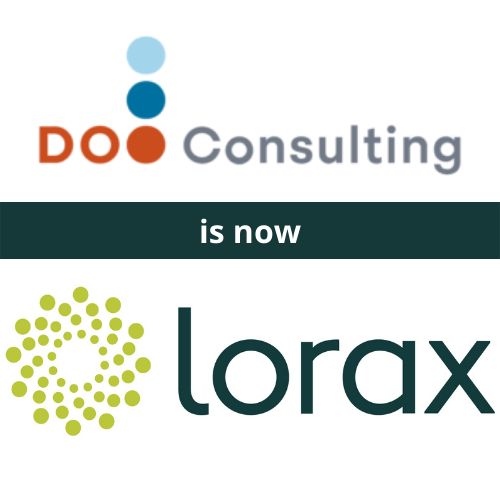Earth Day 2012: Green Businesses, Green Buildings, And Greenbacks – Part 2 of 2
Does a LEED building make financial sense?
In the current market, this question is discussed actively between development, property management and building professionals.
Of course, energy efficiency upgrades and water-saving measures do lower utility costs. And less construction waste can save money during construction. So, these savings help in making the case for LEED.
But, apart from bottom-line savings, can a LEED building actually boost top line revenue? Can it increase sales and market demand?
University of Notre Dame management professors Edward Conlon and Ante Glavas set out to answer that question by making an apples-to-apples comparison of LEED buildings and non-certified buildings.
How can certified and non-certified buildings be compared side-by-side? The researchers started by selecting a single company with the largest portfolio of LEED-certified facilities in the world – PNC Bank.
This provided a statistically signicant sample of third-party-validated green buildings at a single company. Further, the products and services at each branch are the same, and not “environmental” in their nature. And PNC enacted green certification proactively, not in reaction to industry or regulatory demands.
The researchers went further and matched PNC LEED-certified facilities with other facilities based on revenue and market demographics. They controlled for a full range of data that the bank tracks for the branches annually – number of employees per branch, employee demographics (gender, age and tenure), age of facility, advertising budget per facility, number of households within a two-mile radius of the branch, and the net worth of consumers within that two-mile radius.
And, significantly, they eliminated a bias for the “newness” of facilities; they included only branches three years and older.
The data showed, as expected, bottom-line savings in the form of lower utilities costs – $675.26 per employee per year.
Beyond that, the research revealed that top-line performance improved. Compared to non-certified facilities, LEED-certified PNC branches, per facility, per year:
- Opened 458 more consumer deposit accounts
- Maintained $3,032,000 more in consumer deposit balances
- Opened 25.5 more consumer loan accounts
- Maintained $994,900 more in loan balance
Significantly, these numbers are improving as time goes on. In the authors’ words: “As can be seen in the data, the slope and the effect of LEED certification on financial outcomes is increasing each year.”
The findings of this study reveal that LEED can drive top-line results in the form of more sales and repeat customers. Why? Perhaps the effect is caused by increased employee satisfaction and health. Perhaps it’s consumer preference for a socially and environmentally responsible corporation.
The reason “why” is the occasion for further research by academics, and for future blog articles.
For now, as a business person, you need only to act on this knowledge: there are increased sales and revenue to be found in certifying your new and existing buildings.

